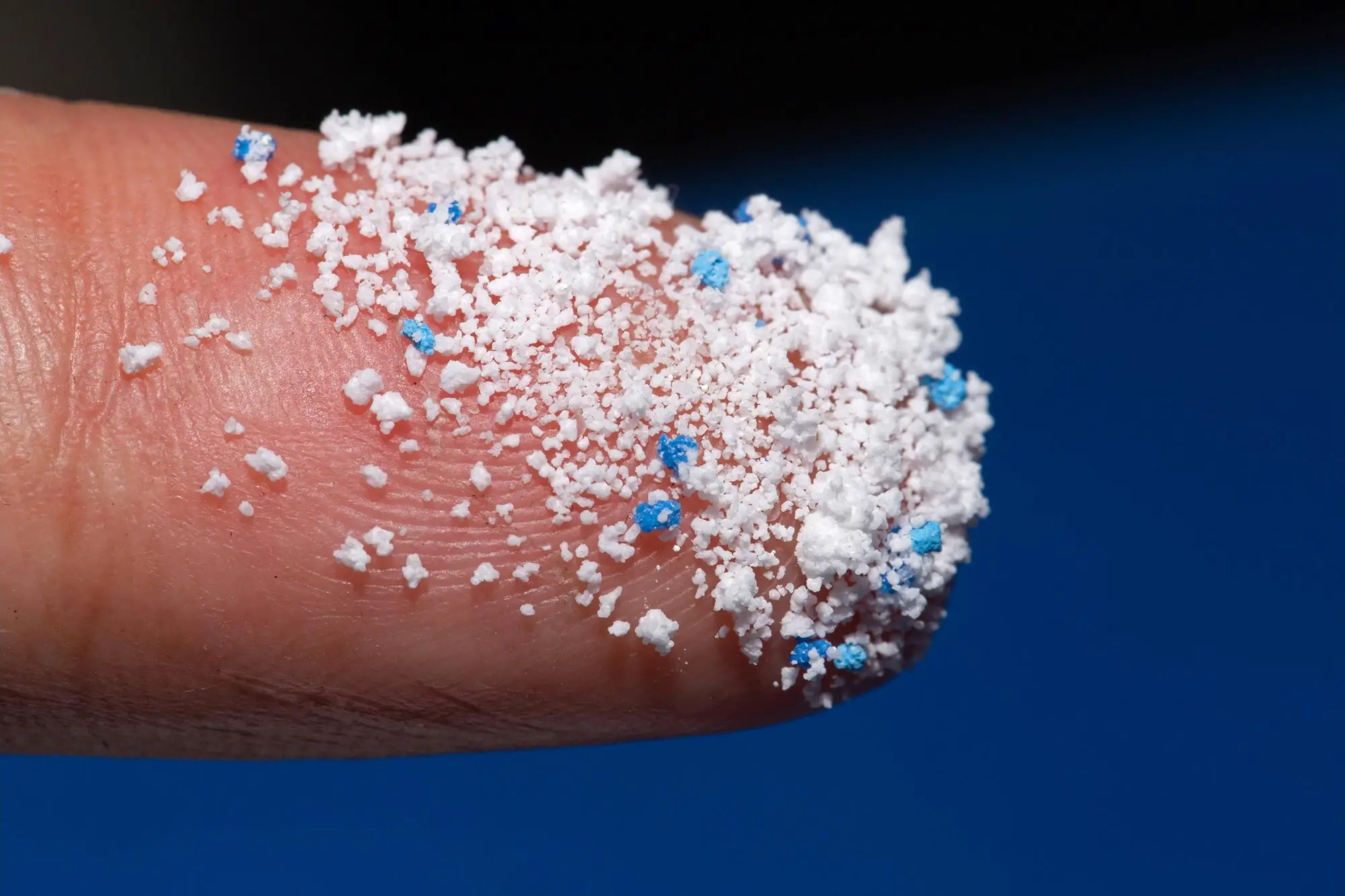

Nanoplastics are tiny plastic particles measuring less than 100 nanometers in size. They are created from the breakdown of larger plastic debris, such as water bottles and plastic bags, and are prevalent in both marine and terrestrial environments. The small size of nanoplastics allows them to easily enter and interact with organisms, posing a potential threat to the ecosystem and food chain.
The impact of PET particles on zebrafish was examined by researchers.
PET, the plastic commonly used to manufacture bottles, is a widespread presence in our ecosystem. Researchers from Leipzig University and the Helmholtz Centre for Environmental Research (UFZ) have recently collaborated on a study to examine the detrimental effects of small PET plastic particles on an organism’s metabolism and development. The results of their investigation have been published in the journal Scientific Reports.
The rampant utilization of plastic is putting ecosystems globally at risk. One major worry is the proliferation of small plastic particles, commonly referred to as microplastics and nanoplastics. These tiny particles have been found in sources of drinking water, food, and even air.
Nanoplastics can be absorbed by humans and animals through food as well as water. There are concerns that microplastics can accumulate in the body over time. Since their full effects on human health are still unknown, they are the subject of scientific research, as in the current study by Leipzig University.
Polyethylene terephthalate, known as PET, is a widely used plastic. It is used to make plastic bags as well as practical containers for food and drinks. Little is known so far about the damaging effects of PET nanoplastics. In a recently published research project, scientists at Leipzig University focused on the effects of PET nanoplastics on zebrafish embryos.
They found that the tiny plastic particles accumulated in several organs of the model animals, including the liver, intestine, kidney, and brain. In addition, PET nanoplastics caused behavioral abnormalities in the embryos, as less movement was observed.
“Our study provides the very first insight into the toxicity pathways induced by PET nanoplastics and the underlying damaging mechanisms in intact zebrafish larvae. We found that liver function was significantly impaired and that there was oxidative stress. PET nanoplastics also affect the cellular membrane and energetics of living organisms,” said corresponding author Dr. Alia Matysik, a scientist at the Faculty of Medicine’s Institute of Medical Physics and Biophysics.
PET accumulation alters organism biochemistry
High-resolution magic-angle spinning (HRMAS), a non-invasive analytical technique that applies nuclear magnetic resonance (NMR) to solids and soft matter, was used to study zebrafish embryos. This scientific method has the advantage of being able to look into matter from the outside without, for example, having to damage tissue or insert instruments into the body. This study combined research on the metabolism of zebrafish cells and tissues, with cellular assays and behavioral tests.
“We used state-of-the-art analytical NMR methods to obtain a comprehensive system-level understanding of the metabolic pathways affected by PET nanoplastics. We were able to observe how PET accumulation alters the biochemistry of an organism,” says Dr Matysik.
“This research finding highlights the adverse effects of PET nanoplastics, which have been observed in zebrafish embryos and may also play a role in mammals and humans. While we do not yet have a clear answer to this question, it is now safe to assume that PET nanoplastics are disrupting our ecosystems. In any case, plastics should be prevented from entering the environment. Presumably, avoiding this form of waste will be the big challenge of the near future,” says Professor Jörg Matysik from the Institute of Analytical Chemistry, who was involved in his wife’s study.
The scientists at Leipzig University plan to continue their research on this topic and also to investigate the effects of nanoplastics on brain function. “We’re already seeing PET nanoplastics accumulate in the brain. We now want to find out whether this has an impact on brain function and neurodegenerative diseases,” says Dr. Alia Matysik.
Reference: “A mechanistic understanding of the effects of polyethylene terephthalate nanoplastics in the zebrafish (Danio rerio) embryo” by Narmin Bashirova, David Poppitz, Nils Klüver, Stefan Scholz, Jörg Matysik, and A. Alia, 2 February 2023, Scientific Reports.
DOI: 10.1038/s41598-023-28712-y